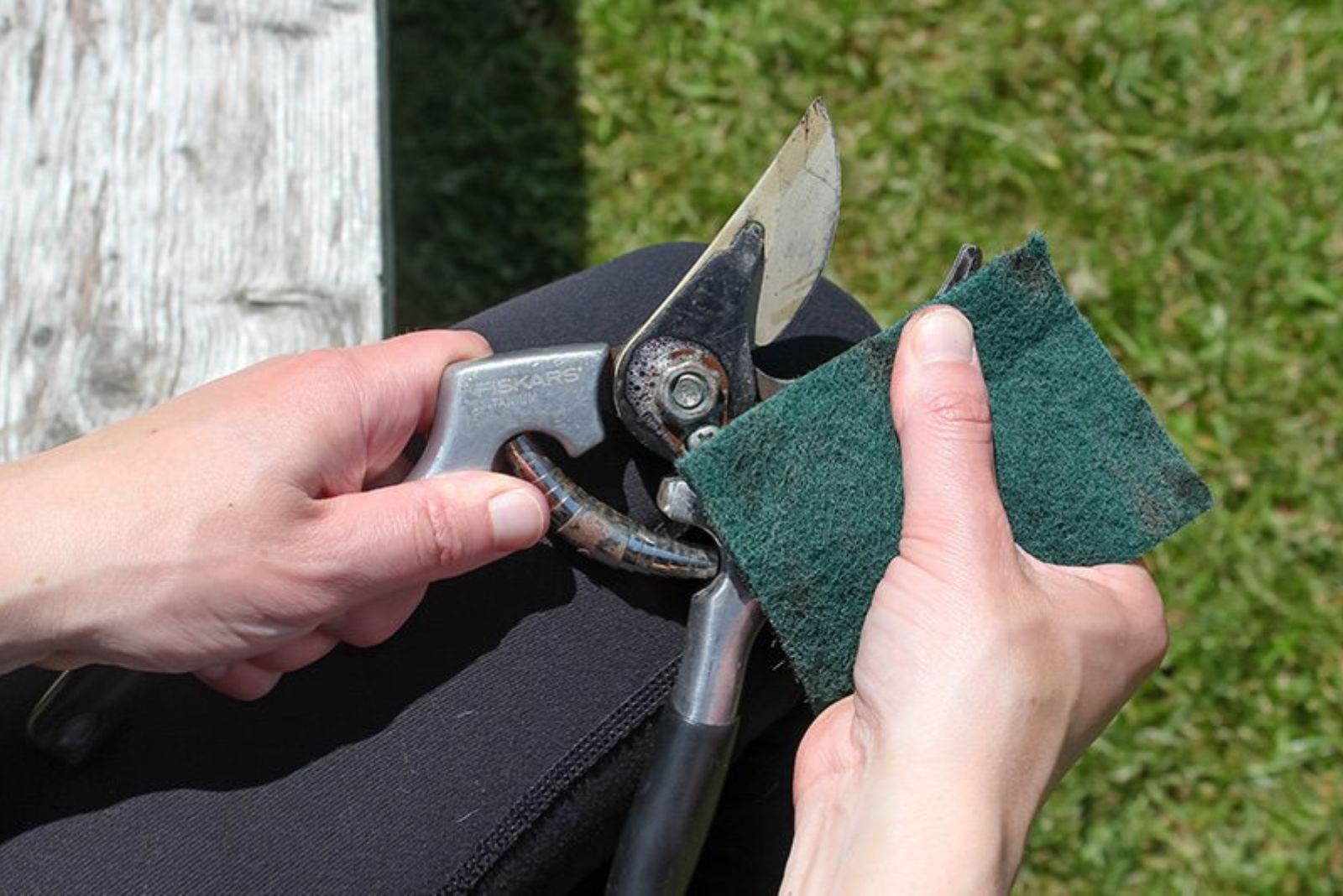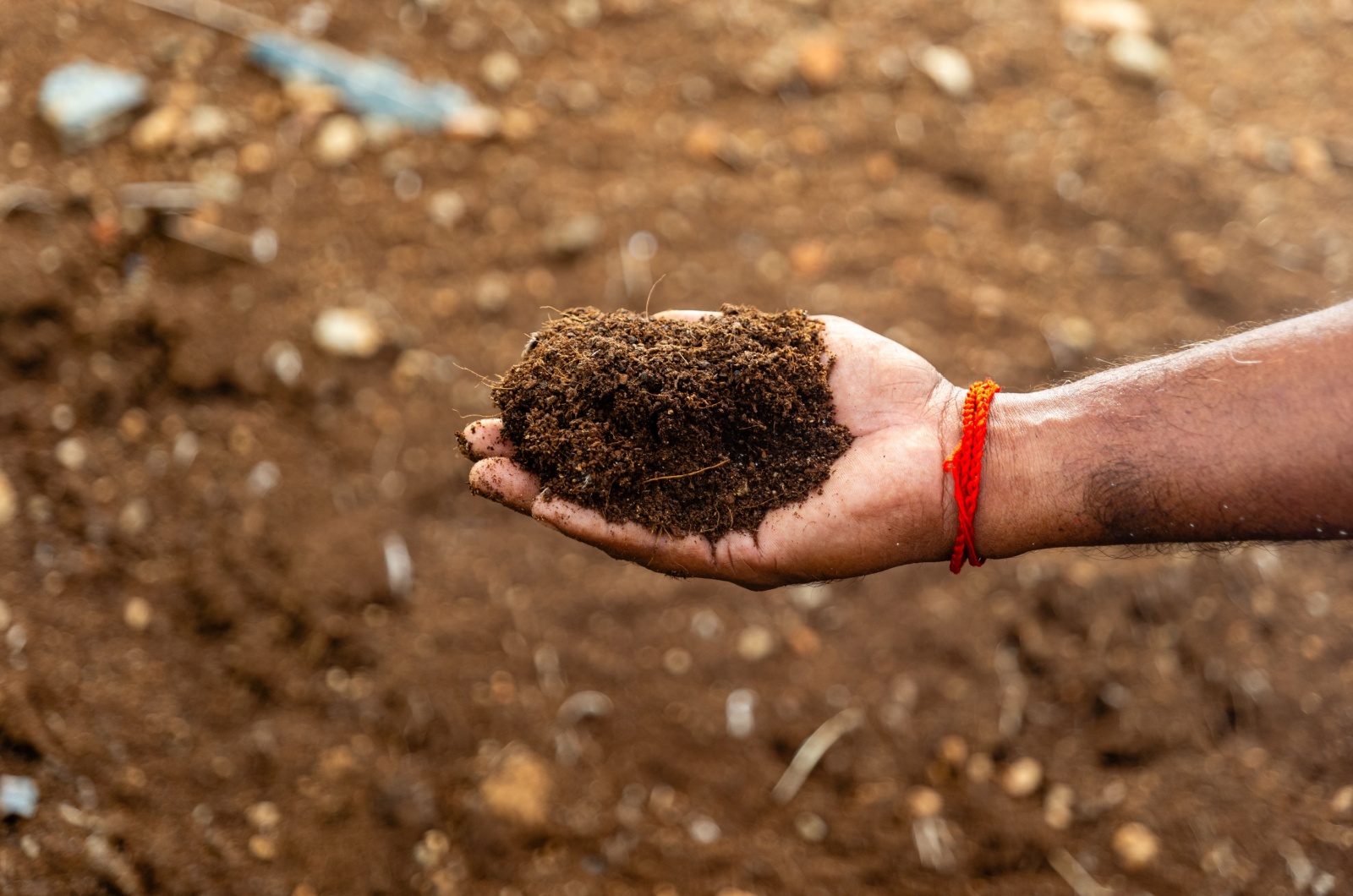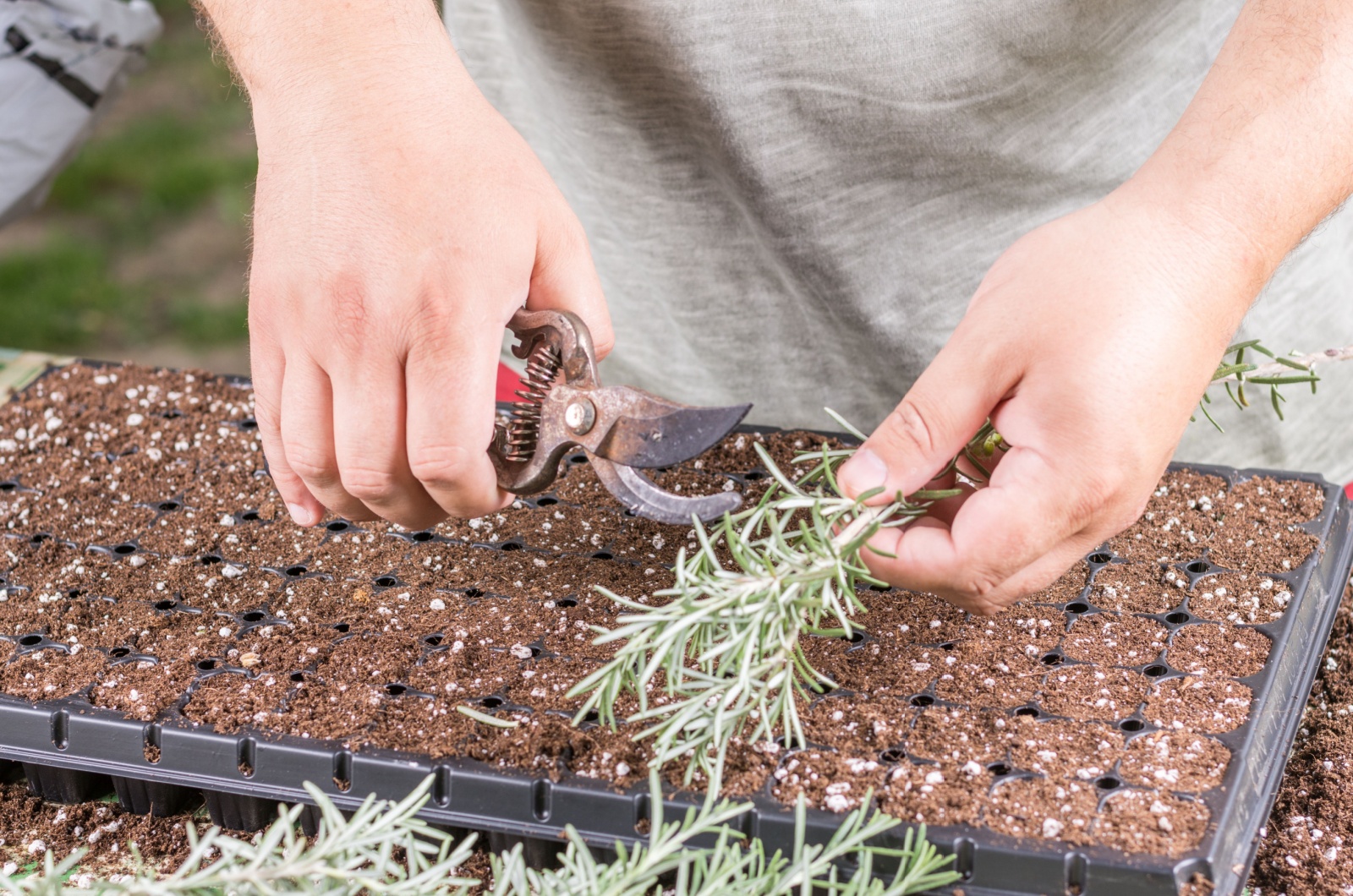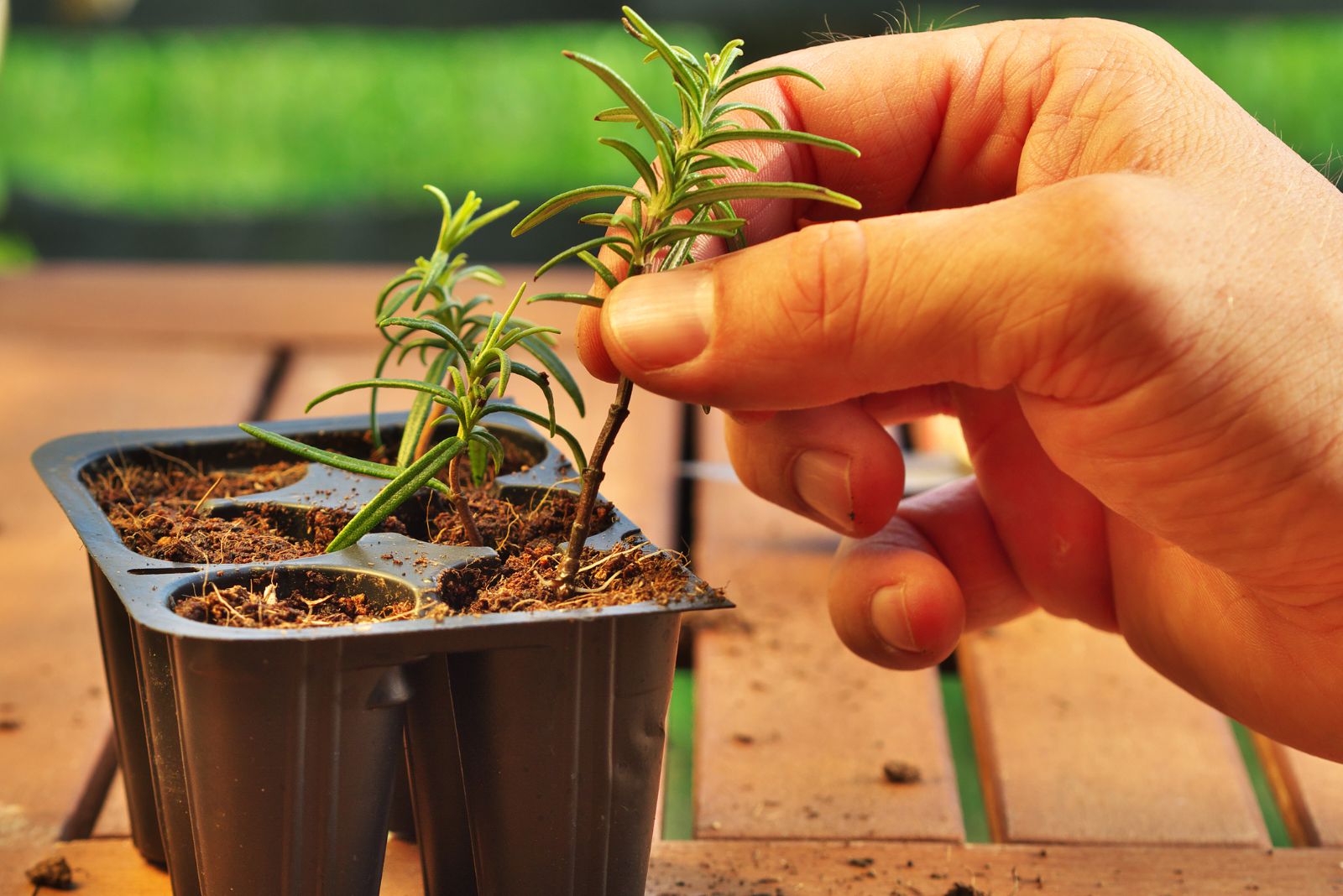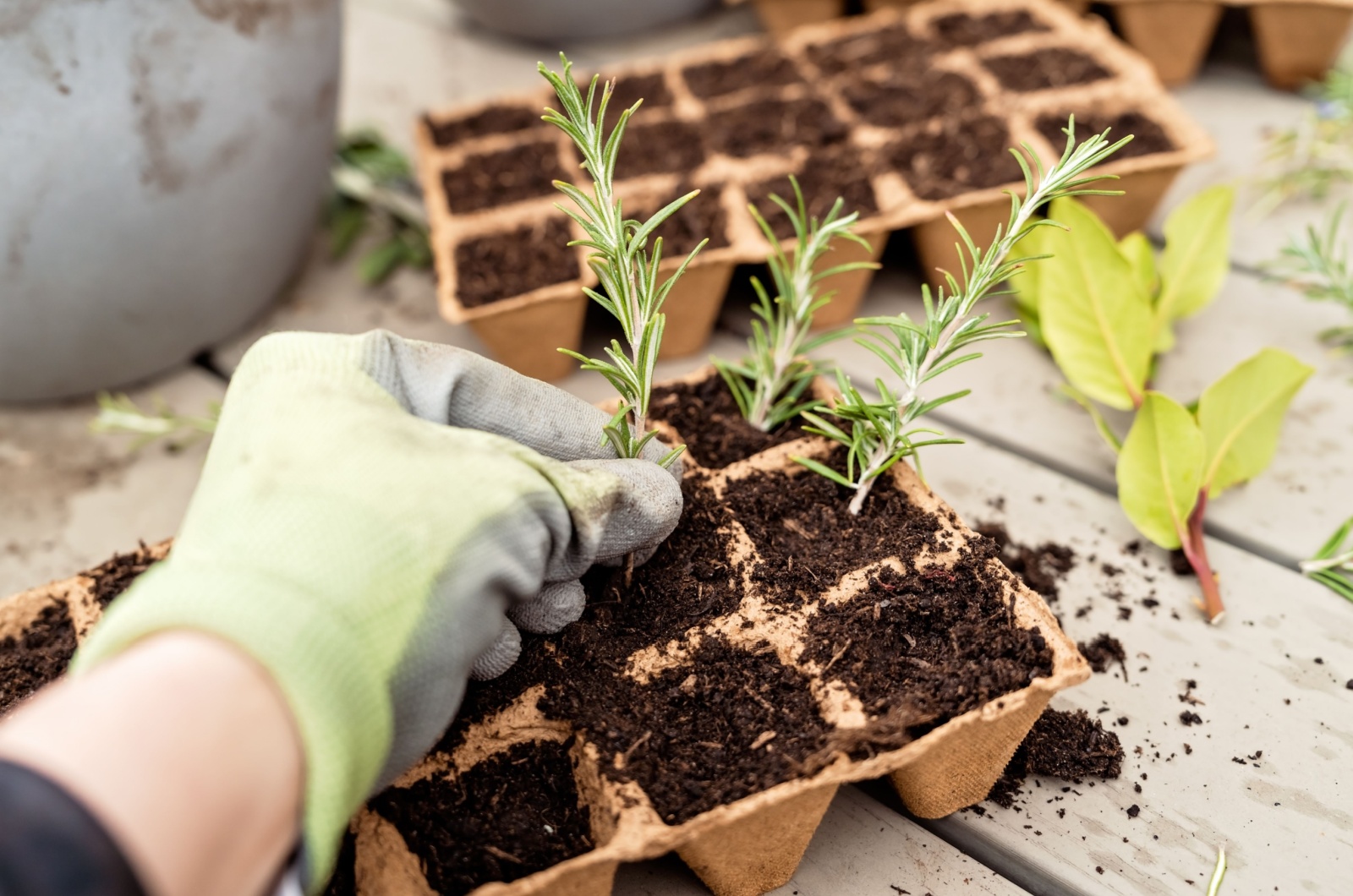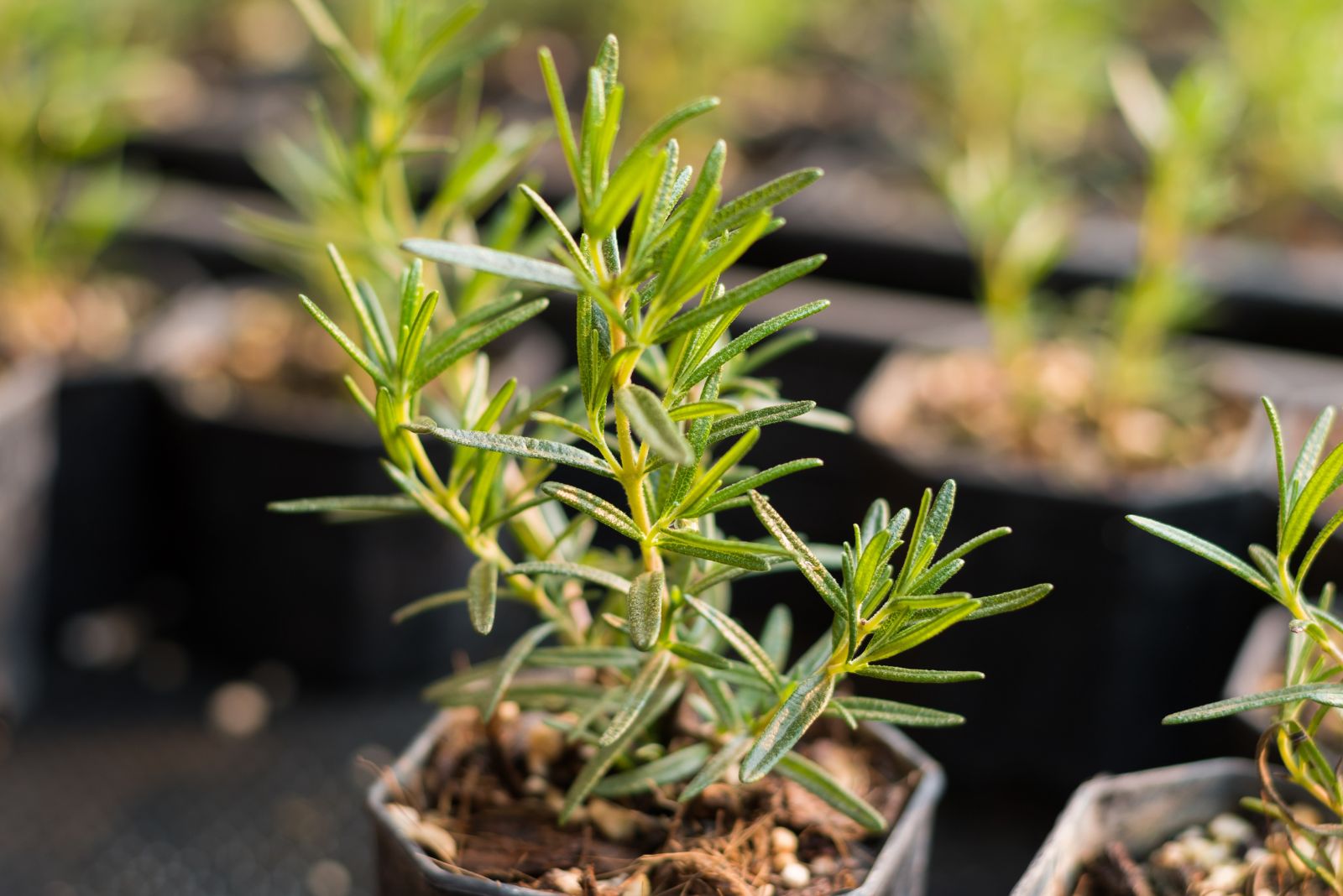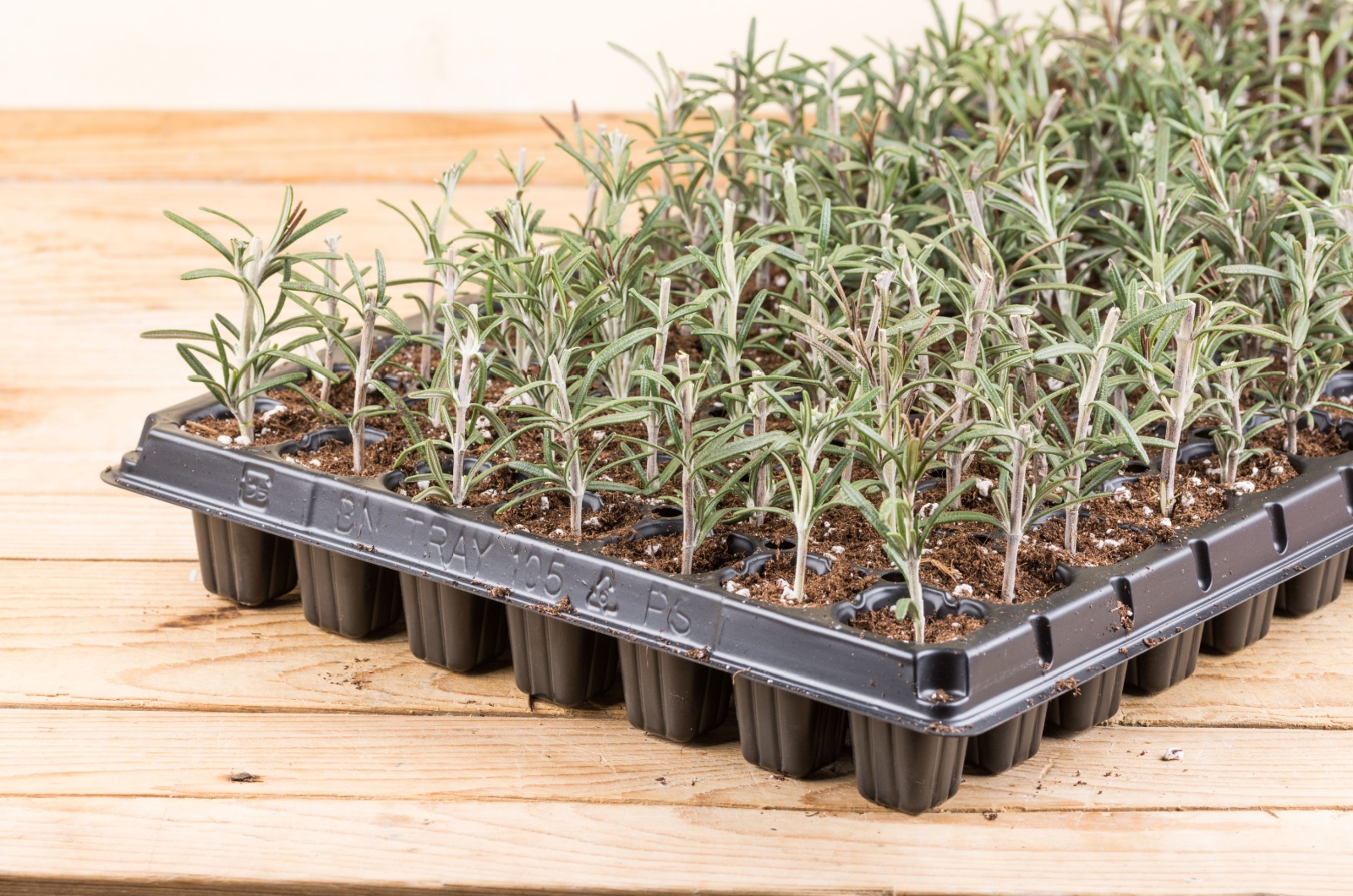Rosemary is one of those herbs that everybody loves, whether it’s for the flavor it gives to dishes, its incredible fragrance and evergreen foliage, or the fact that it repels unwanted insects and attracts the beneficial ones.
And the best part about it is that you don’t have to buy many plants in order to fill your garden with this herb.
It easily grows from cuttings, so you can get by with just one bush and create more yourself.
Here are some tips and tricks for taking rosemary cuttings and starting them in soil!
The best time to take rosemary cuttings is in the late summer months or early fall, so August and September.
That’s because the young stems haven’t turned wooden yet and have a higher chance of rooting.
Additionally, make sure to take cuttings in the morning because that’s when the tissue has the most moisture present, reducing the risk of your plant drying out.
1. Clean The Tools
Growing trailing rosemary (or the upright variety) is fairly simple, and it all starts with taking the cuttings. Of course, first you have to get your tools in order, and that means cleaning them.
Rub your pruners or scissors with rubbing alcohol or use some alcohol-based gel or spray to clean them properly.
If you skip this step, you risk transferring bacteria and fungi onto your plant and cuttings, making the rooting more difficult, if not impossible.
Antibacterial sprays work wonders, but they can cause your pruners and scissors to rust and corrode if you don’t wipe them afterwards, so don’t forget to do it to prolong your tools’ life.
2. Use The Right Growing Medium
The ideal mix for soil propagation is seed-starting mix. It is loose and airy with plenty of drainage to prevent root rot.
You can make your own by mixing compost, pumice, vermiculite, and coco coir or you can buy a ready-to-use one in your local garden center.
3. Take A Couple Of Long Cuttings
The good thing about this shrub is that you can combine pruning and taking cuttings. Learn how to prune rosemary and use the trimmed stems (if they’re healthy) for propagation.
Make sure that the stems are around 4-6 inches long or even longer; you can always shorten them if they don’t fit the pot.
Cut your rosemary right at the spot where the green part is starting to turn woody; these are the ones most likely to root.
Also, it’s best to take the cuttings from non-flowering stems or at least to remove the flowers if they’re already there. This will allow your plant to divert all its energy into producing roots and not flowers.
4. Prepare Them For Propagation
Cut the top and the bottom of the cutting so that it’s 4-6 inches long. The lowest cut should be just below some nodes, not above. These buds are necessary because that’s where the roots will grow.
And when removing the top, you can get rid of as much as half an inch or until the entire floppy end is gone.
5. Remove The Foliage
Before sticking the cutting into the seed-starting mix, remove the bottom half of the foliage.
This will prevent them from rotting and contaminating the soil, increasing the chance of rooting.
6. Plant Them In The Growing Medium
You can plant a couple of cuttings into a single pot if it’s larger than the nursery one. Make sure that the cuttings are at least 1-1.5 inches deep so that they don’t topple over.
Gently pat the soil around the cuttings and water it to compress the seed-starting mix.
I also like to cover them with a humidity dome or a plastic bag to prevent the soil from drying out. If it ever dries out completely, the propagation will be unsuccessful. Just remember to take the cover off from time to time so that your cuttings get some air.
P.S. Before putting the cuttings in the growing medium, you can dip the bottom in rooting hormone to help them develop roots faster and reduce the risk of fungal diseases.
7. Keep Them Away From Direct Light
It is key to keep your cuttings at warm temperatures, such as windowsills, tiny greenhouses, or cold frames. However, make sure not to expose them to direct sunlight because it can burn their leaves, dry out the soil, and negatively affect rooting.
Instead, place them in a warm spot that gets bright indirect light, and that’s it.
8. Check For Root Development And New Growth
Your rosemary cuttings should root in about 6-8 weeks. The cue will be new growth appearing from nodes and tips.
And if you can’t really say whether there has been some new growth, you can always gently pull the plant to see whether there’s any resistance. If there is, your rosemary has successfully rooted.From there, wait until the new plant grows enough roots to start peeking through the drainage hole. Then you can repot it in a larger container and think of all the ways you want to use your rosemary.


